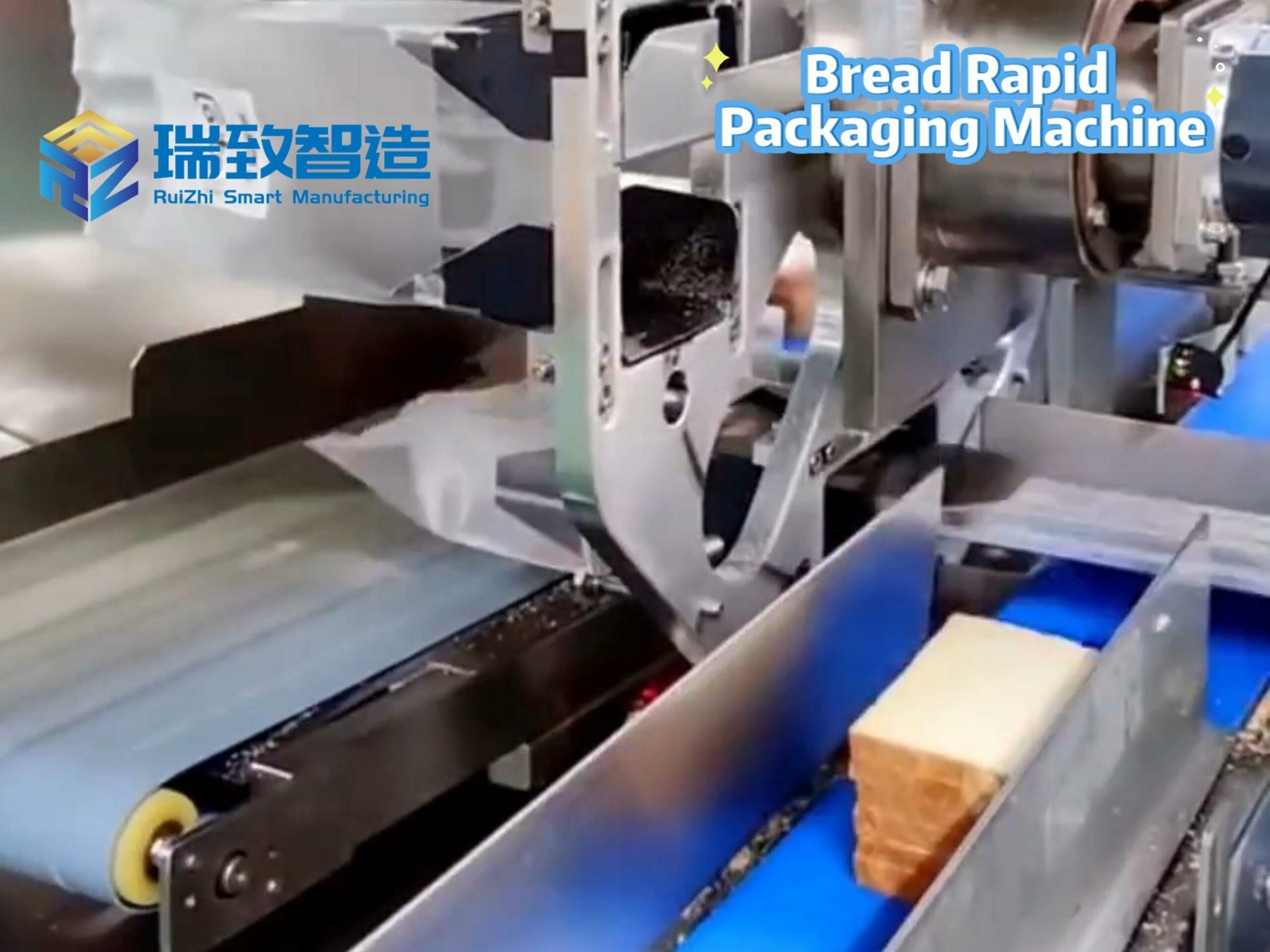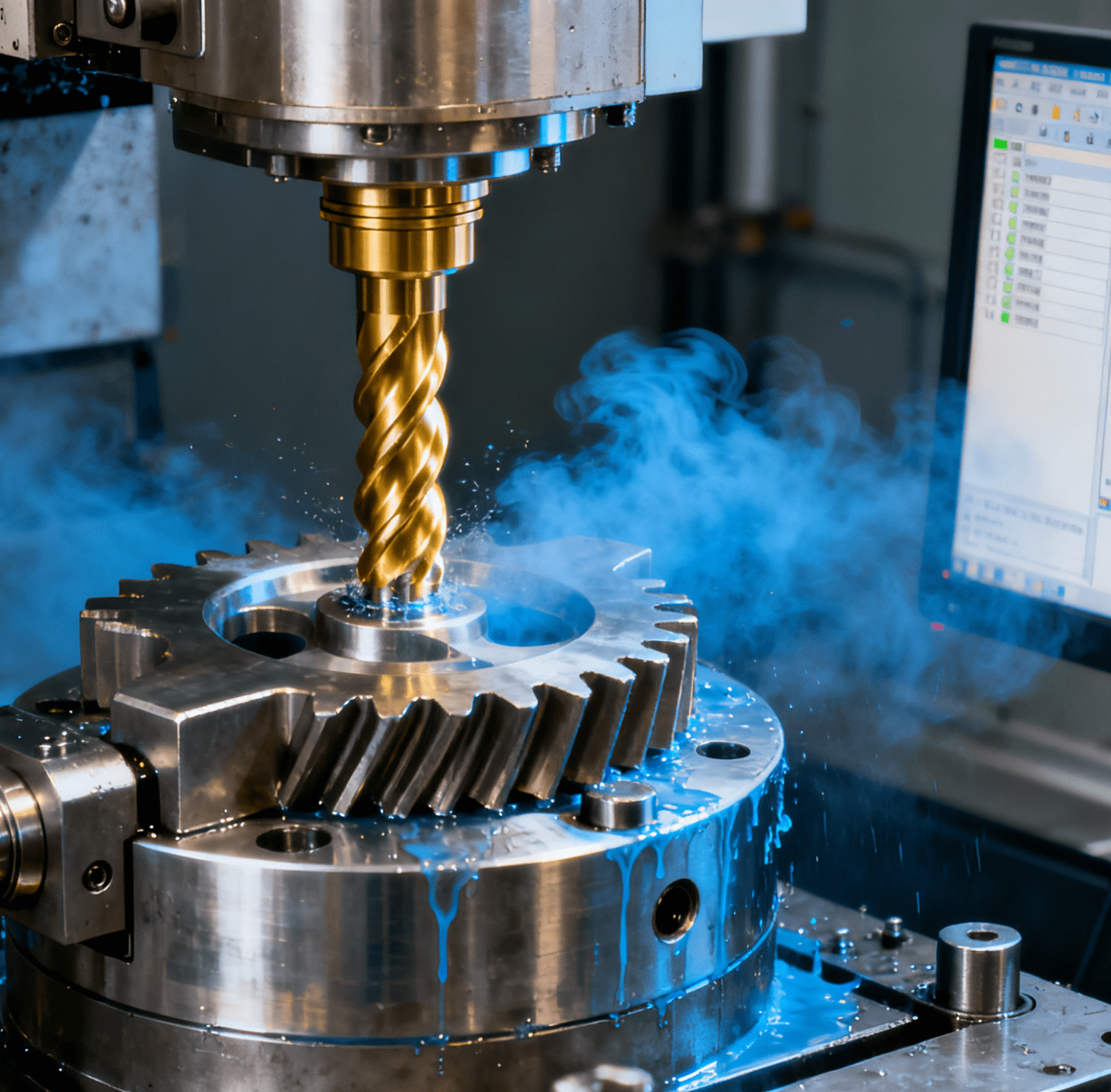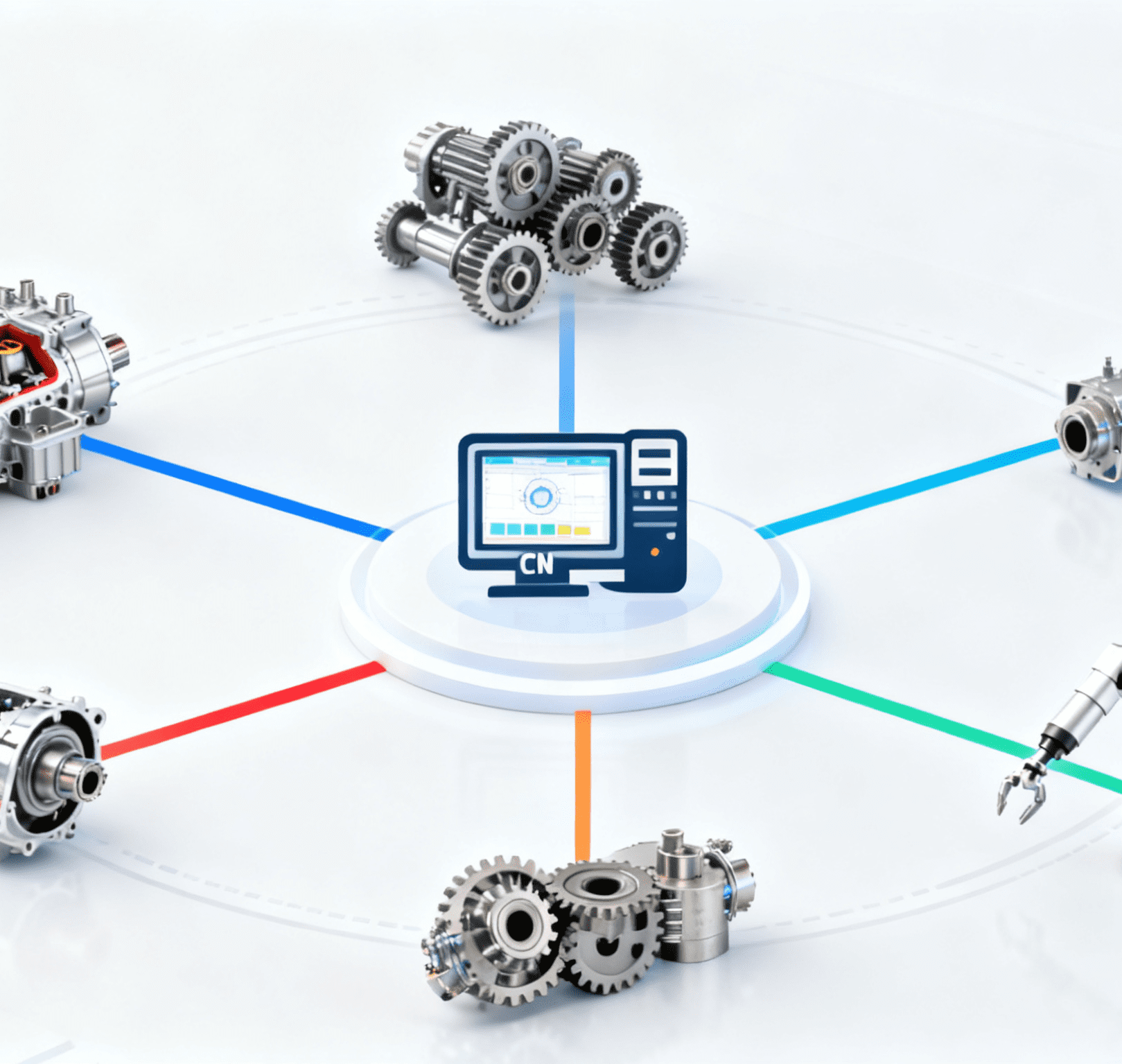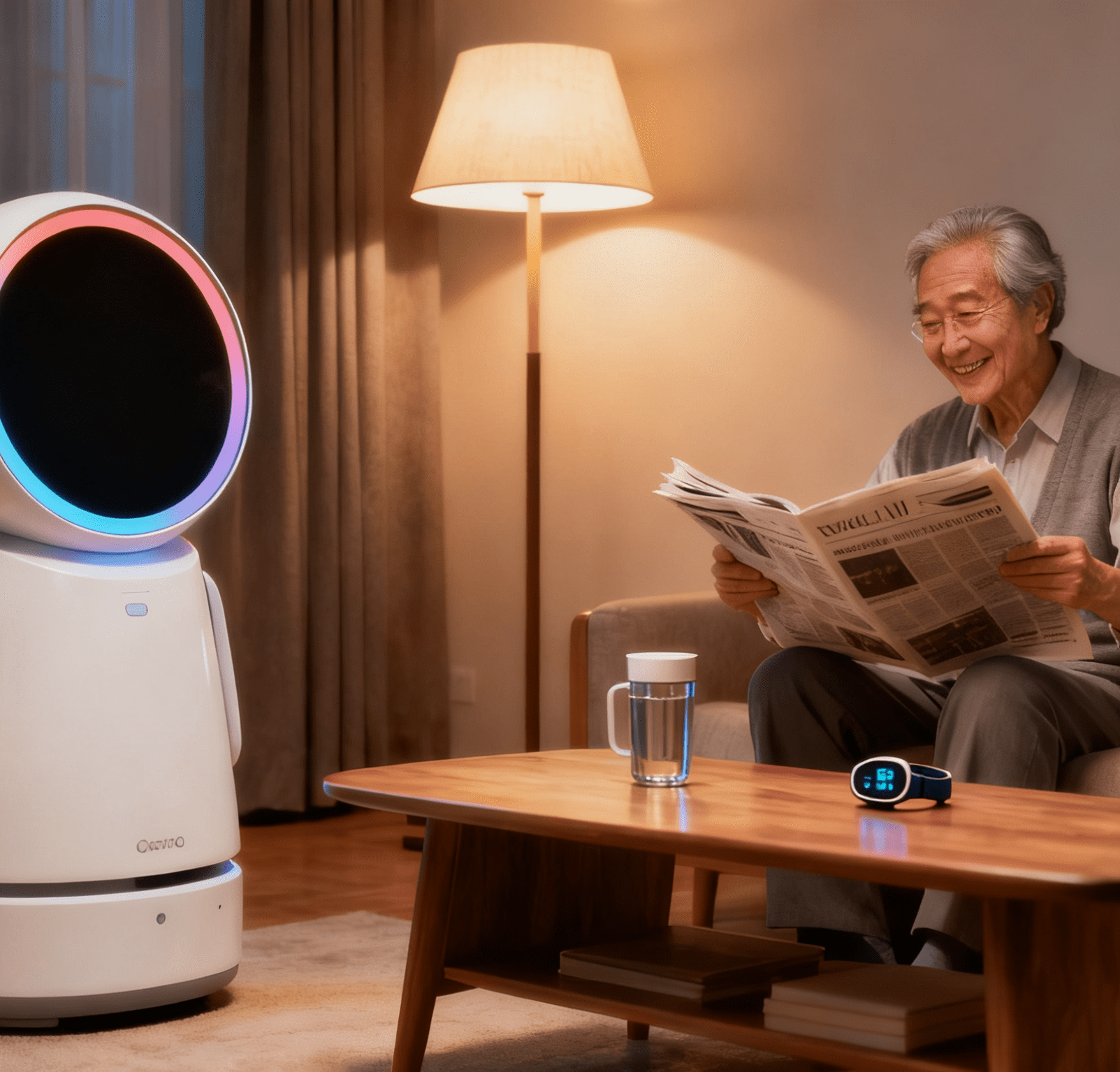Table of Contents
ToggleUnboxing the V2U AI Drone: China’s Dominance in Intelligent Automation Components
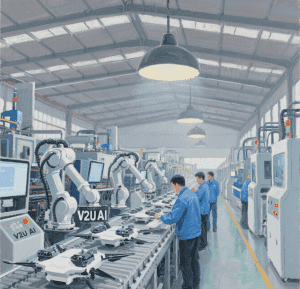
Specialists from Ukraine’s Defence Intelligence have dissected the Russian V2U strike drone, revealing a striking reliance on Chinese-manufactured components in its intelligent automation and mechanical systems. The analysis, published on the agency’s official website, highlights how China’s dominance in industrial automation and automation equipment supply chains is reshaping modern warfare technology—even for nations like Russia facing Western sanctions.
A Chinese-Made Core in Russia’s AI-Powered Drone
The V2U, equipped with advanced AI for object recognition and autonomous targeting, relies heavily on Chinese hardware. Key components include:
- Propulsion & Control: A brushless motor by Shanghai Dualsky Models, a circuit board from Leetoptech, and an electronic speed controller by T-MOTOR—all staples of China’s automation equipment
- Computing Brain: The drone’s AI system is anchored by the Leetop A203 mini-computer, featuring an NVIDIA Jetson Orin CPU—a testament to China’s integration of intelligent automationtechnologies in military-grade devices.
While smaller components hail from Japan (Sony light sensor), Ireland (TE Connectivity relay), Switzerland (microcontroller), and the U.S. (wireless adapter), the overwhelming majority of its industrial automation-critical parts are Chinese. This reflects both Russia’s workaround for sanctioned tech and China’s rising role as a global supplier of advanced mechanical and AI-driven systems.
Technical Capabilities and Strategic Implications
The V2U’s design showcases how intelligent automation enables modern drones to operate with minimal human intervention. Its AI system handles real-time image processing for target identification, while a 34 Ah battery and LTE connectivity support up to 60 km/h cruising speed and one-hour flight duration. Notably, Russia has substituted GPS with a hybrid system: a Ukrainian SIM card-powered Microdrive modem-router and computer vision using preloaded terrain imagery, likely to evade electronic warfare—a workaround enabled by China’s flexible automation equipment ecosystem.
This reliance on Chinese components underscores a broader trend: nations facing technology restrictions are leveraging China’s industrial automation supply chains to bypass sanctions. As Ukraine’s Defence Intelligence notes, this mirrors earlier findings on Russia’s S8000 Banderol cruise missile, which similarly integrates Chinese, Japanese, and South Korean parts.
Closing: China’s Role in Global Automation-Driven Warfare
The V2U drone’s teardown reveals a paradox: even in conflict zones, intelligent automation and industrial automation supply chains remain interconnected. China’s role as a provider of high-precision automation equipment—from motors to AI computing modules—positions it as a silent yet influential actor in modern military tech, enabling nations like Russia to sustain advanced weaponry despite geopolitical isolation.
As AI and automation continue to reshape warfare, the V2U case highlights the dual-use nature of intelligent automation technologies. While designed for civilian industries, these components now form the backbone of autonomous weapons systems, raising questions about global supply chain ethics and the need for stricter export controls on dual-use automation equipment.
In the end, the V2U is more than a drone—it’s a microcosm of how China’s industrial might in automation is quietly reshaping the balance of power in an age of intelligent, AI-driven conflict.

